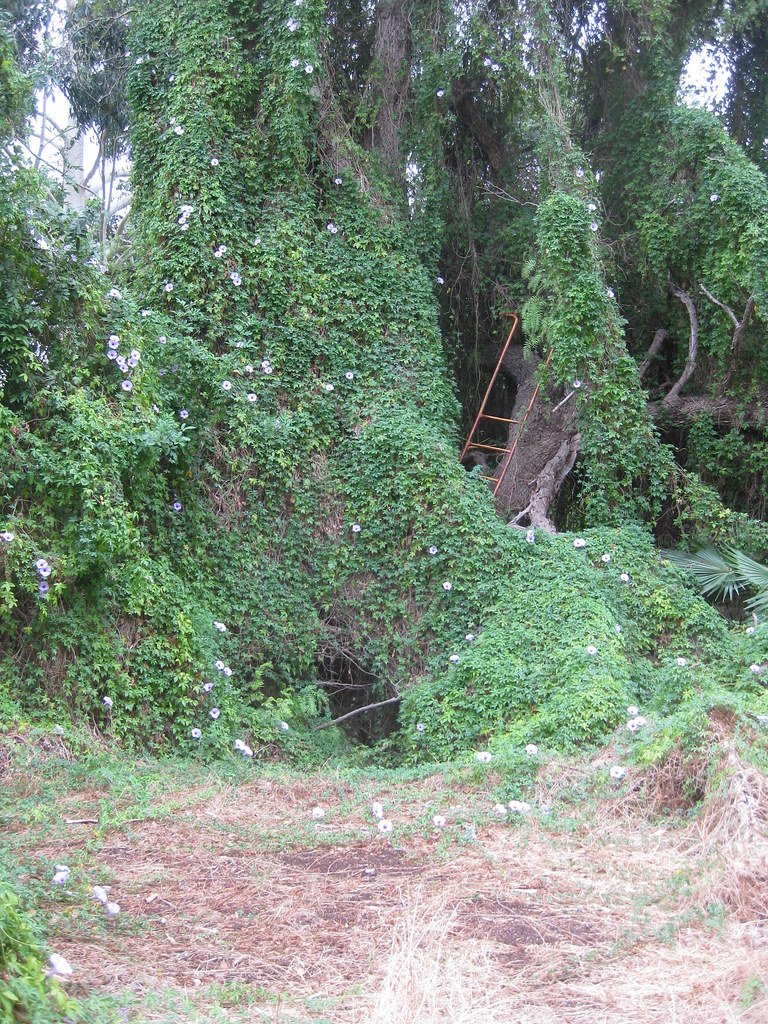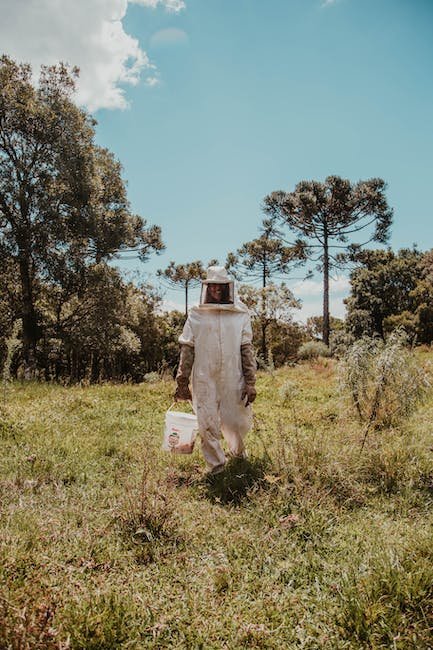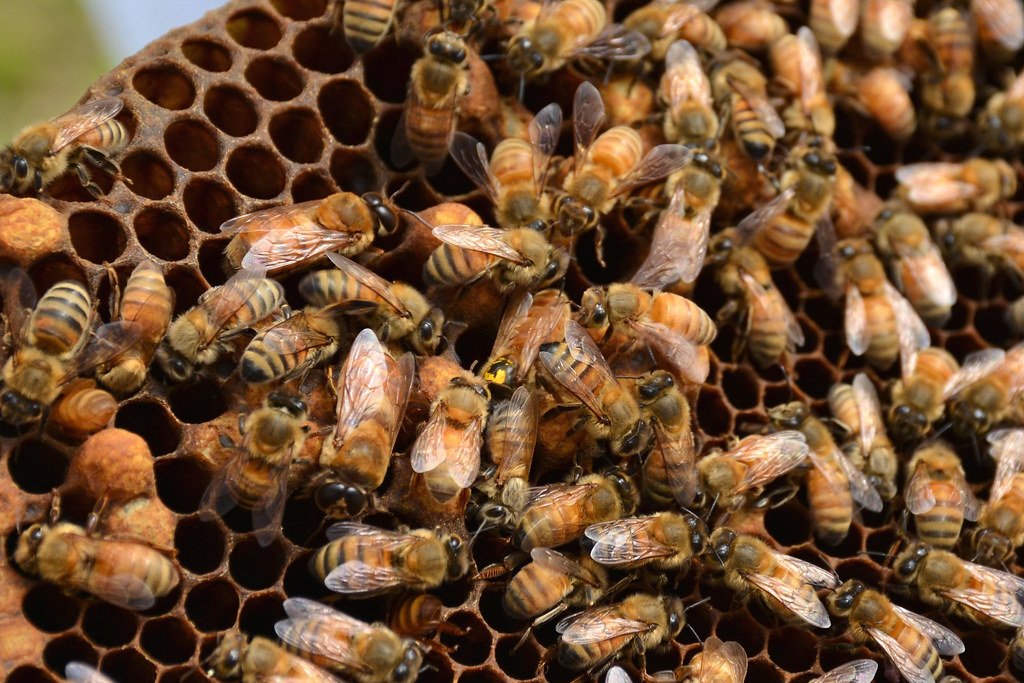The buzzing symphony of honeybees is a marvel to behold, but behind their industrious nature and golden honey lies a hidden battle for survival. Bees, like any other living organism, are not invincible. They too succumb to diseases and parasites that threaten their hives, leaving us beekeepers grappling with the challenge of keeping our precious colonies thriving. Whether you’re a novice beekeeper or an experienced enthusiast, navigating the treacherous world of hive ailments is a task that demands knowledge, skill, and patience. In this article, we delve into the mysterious realm of hive diseases and parasites, equipping you with essential insights and strategies to safeguard your bees’ well-being. So, put on your protective gear, light up the smoker, and let’s embark on a journey to discover how to effectively handle these unwelcome guests in our precious bee-filled realms.
Table of Contents
- Identifying the Silent Intruders: An Insight into Common Hive Diseases and Parasites
- Understanding the Culprits: Examining the Causes and Effects of Hive Infections
- A Beekeeper’s Guide to Prevention and Control: Effective Measures against Hive Diseases and Parasites
- Nurturing Healthy Hives: Essential Practices and Techniques for Disease Management
- Creating a Sanctuary: Crafting an Ideal Environment to Ward off Hive Diseases and Parasites
- Q&A
- In Conclusion

Identifying the Silent Intruders: An Insight into Common Hive Diseases and Parasites
As beekeepers, one of our biggest challenges is identifying and dealing with the silent intruders that threaten our hives – diseases and parasites. These microscopic dangers can wreak havoc on the health and productivity of our colonies if left unchecked. In this section, we will dive deep into the world of common hive diseases and parasites, shedding light on their identification and understanding.
- Varroa Mites: Varroa destructor, the most notorious pest for honeybees, stealthily attach themselves to adult bees and their developing brood, weakening the colony over time. Regular monitoring and treatment are crucial to maintaining a healthy hive.
- American Foulbrood: This highly contagious bacterial disease is a nightmare for any beekeeper. It affects the bee larvae, resulting in their death and the formation of foul-smelling, melted-looking larvae remains. Recognizing early symptoms and taking appropriate measures can prevent the spread of this devastating disease.
- Nosema: Nosema is a pathogenic fungus that affects a bee’s digestive system, leading to weakened immune function and reduced lifespan. It is essential to conduct regular microscopic examinations of bee gut samples to detect and manage this sneaky intruder.
Moreover, other concerns such as chalkbrood, European foulbrood, wax moths, and small hive beetles also demand vigilance and appropriate management techniques. By familiarizing ourselves with the signs, symptoms, and treatments of these common hive ailments, we can better safeguard our buzzing friends and ensure the sustainability of our beekeeping endeavors. Remember, prevention and prompt action are key to maintaining thriving honeybee colonies.
Understanding the Culprits: Examining the Causes and Effects of Hive Infections
When it comes to the health and well-being of honeybees, hive infections can have devastating consequences. Understanding the culprits behind these infections is crucial in finding effective solutions to combat them. By examining the causes and effects of hive infections, we can shed light on the complex dynamics that contribute to their occurrence.
One of the primary causes of hive infections is the presence of Varroa mites. These tiny parasites may seem insignificant, but they can wreak havoc on bee colonies. Varroa mites attach themselves to adult bees and feed on their hemolymph (the insect equivalent of blood), weakening them and making them vulnerable to other diseases. Additionally, these mites are known to transmit serious viruses, further compromising the health of the hive. It is crucial to implement effective mite control measures to prevent infestations that can lead to the collapse of entire bee colonies.
Another significant culprit in hive infections is the improper management of bee nutrition. A lack of diverse and nutritious forage can leave bees weakened, making them more susceptible to infections and diseases. Furthermore, poor nutrition can impair the bees’ immune systems, reducing their ability to fight off pathogens. Ensuring a varied and abundant supply of pollen and nectar is vital to maintaining the overall health and resilience of honeybee colonies.
Understanding the causes and effects of hive infections provides invaluable insight into the plight of honeybees. By addressing these culprits head-on and implementing proactive measures, we can help protect these vital pollinators, safeguard our ecosystems, and ensure the future of our food supply.

A Beekeeper’s Guide to Prevention and Control: Effective Measures against Hive Diseases and Parasites
Keeping your bee colonies healthy and thriving is crucial for successful beekeeping. To ensure the well-being of your hives, it is essential to implement effective prevention and control measures against diseases and parasites. Here are some tried-and-true techniques to protect your precious bees:
- Regular hive inspections: Conduct thorough inspections of your hives to identify any signs of disease or parasite infestation. Look out for unusual behavior, such as increased aggression or diminished activity, as these might indicate a problem.
- Monitoring and testing: Utilize various monitoring techniques to assess the health of your colonies. Regularly test for common diseases, such as American foulbrood or varroa mites, using appropriate diagnostic methods available.
- Promote good hygiene: Maintain a clean and hygienic environment around your apiary. Remove any accumulated debris, dead bees, or honey residue from your hives to prevent the spread of diseases and discourage the proliferation of parasites.
- Proper nutrition: Ensure your bees have access to a diverse and nutritious diet. Plant a variety of bee-friendly flowers and plants nearby to provide ample sources of pollen and nectar. A well-nourished colony is better equipped to resist diseases and parasites.
- Integrated Pest Management (IPM): Adopt an IPM approach to tackle invasive pests and diseases. This involves combining various strategies like biological controls, cultural practices, and selective chemical treatments to minimize environmental impact while effectively managing hive pests.
By following these prevention and control measures, you can greatly reduce the risk of hive diseases and parasites and safeguard your bee colonies. Remember, a proactive beekeeper is a successful beekeeper!

Nurturing Healthy Hives: Essential Practices and Techniques for Disease Management
Ensuring the health and vitality of your honey bee colonies is vital to the success of any beekeeper. Disease management plays a crucial role in maintaining the well-being of your hives. By employing essential practices and techniques, you can nurture healthy hives and safeguard them against various diseases.
Regular Hive Inspections:
- Perform frequent inspections to identify signs of disease early on.
- Check for symptoms such as abnormal brood patterns, discoloration, or odd odor.
- Monitor hive population and behavior to detect any sudden changes.
Hygienic Beekeeping:
- Encourage cleanliness within the hive by giving bees ample space to move around.
- Ensure proper ventilation to prevent excess humidity and condensation.
- Regularly clean and sterilize your beekeeping equipment.
Biosecurity Measures:
- Control and manage the movement of bees and equipment to minimize the risk of disease spread.
- Quarantine new colonies or equipment before introducing them to existing hives.
- Practice good apiary management, including proper apiary placement and maintaining a healthy environment.
By adopting these essential practices and techniques, you can proactively safeguard your honey bees from diseases, ensuring the longevity and productivity of your hives.
Creating a Sanctuary: Crafting an Ideal Environment to Ward off Hive Diseases and Parasites
Protecting the health and well-being of your hive is crucial for the success of beekeeping. To ensure that your honeybees thrive and fend off diseases and parasites, it is essential to create an ideal environment within their sanctuary. Here are a few key strategies to consider:
Provide a Varied and Nutrient-rich Diet
Just like humans, bees require a balanced diet to stay strong and disease-resistant. Planting a diverse range of flowers and flowering herbs in the vicinity of your hive can provide the necessary nutrients. Aim for a wide array of colors, as different flowers offer different vitamins and minerals. Additionally, consider supplementing their diet with pollen substitutes during harsh or scarce seasons.
Maintain Cleanliness in and around the Hive
Regular hive inspections and cleanliness go hand in hand to prevent the establishment of diseases and parasites. Ensure that the hive and its components, such as frames and honey supers, are kept clean and free from excess moisture. Remove any debris or dead bees promptly to minimize the risk of infection. Keeping the surroundings of the hive tidy can also discourage pests and predators from approaching, creating a peaceful sanctuary for your bees.
Implement Integrated Pest Management (IPM) Techniques
Integrated Pest Management (IPM) is a holistic approach to managing pests and diseases that can affect your hive. By combining different pest control methods, such as biological controls, cultural practices, and selective chemical treatments, you can effectively minimize the impact of hive diseases and parasites without causing harm to the bees or the environment. Educate yourself on IPM principles to determine the most suitable strategies for your specific beekeeping operation.
By following these guidelines and consistently monitoring the health of your hive, you can create a sanctuary that safeguards your honeybees from diseases and parasites. Prioritizing their well-being will not only contribute to the sustainability of your beekeeping endeavor but also help maintain the overall health of our precious pollinators.
Q&A
Q: What are some common hive diseases and parasites that beekeepers should be aware of?
A: Some common hive diseases and parasites include American foulbrood, varroa mites, chalkbrood, and nosema. It’s important for beekeepers to be familiar with these in order to effectively prevent and manage them.
Q: How can I prevent hive diseases and parasites?
A: To prevent hive diseases and parasites, beekeepers should maintain good hive hygiene, regularly inspect their colonies, and provide proper ventilation. Additionally, implementing integrated pest management strategies and using resistant bee breeds can help minimize the risk.
Q: What are the signs that my hive may be infested with varroa mites?
A: Some signs of a varroa mite infestation include deformed wing virus, damaged brood cells, and a high number of mites present on adult bees. Regular monitoring and performing mite checks will help beekeepers detect and manage varroa mites effectively.
Q: How can I treat my hive for American foulbrood disease?
A: Treating American foulbrood disease typically involves burning infected colonies and using antibiotics to prevent further spread. However, it is crucial to consult with local beekeeping authorities or experts to ensure proper treatment adherence.
Q: What preventive measures can I take to minimize the risk of chalkbrood in my hives?
A: To minimize the risk of chalkbrood, beekeepers can ensure a proper protein-rich diet for their colonies, maintain good ventilation, and promptly remove any dead or diseased brood. Regular hive inspections can also help identify early signs of chalkbrood and facilitate timely intervention.
Q: How can I deal with nosema infections in my hive?
A: Managing nosema infections involves good sanitation practices, including regularly cleaning and disinfecting equipment and providing clean water sources. It’s essential to maintain a healthy and balanced diet for the bees while minimizing stress factors to enhance their immune system against nosema infections.
In Conclusion
As we wrap up this journey into the intricate world of hive diseases and parasites, we hope you have gained a deeper understanding of the challenges that beekeepers face. The buzzing symphony of bees is a delicate harmony that requires careful attention and nurturing.
While there is no magic elixir to shield our beloved pollinators from all ailments, armed with knowledge, vigilance, and a little creativity, we can safeguard our hives against the pesky invaders. Remember, true understanding comes from acknowledging the complexities of the beekeeping realm, where the health of tiny creatures can have a colossal impact on our environment.
Each and every beekeeper plays a vital role as a guardian, committed to preserving the delicate bee society. So, whether you’re a newcomer to the world of beekeeping or an experienced apiarist, take heart in knowing that your efforts contribute to the well-being of these extraordinary creatures.
As you venture forth into your beekeeping endeavors, armed with this newfound knowledge, be prepared for the ever-changing landscape of hive diseases and parasites. Stay curious, keep learning, and share your experiences with fellow beekeepers. After all, the collective wisdom of the hive is a potent force that knows no bounds.
Remember, it is through understanding and unity that we can protect the tiny heroes of our ecosystem and ensure a bountiful future filled with the sweet rewards of their labor. So, let us all raise our metaphorical beekeeping hats and salute these industrious creatures, as we stand together – not merely as beekeepers, but as stewards of nature’s most admirable custodians.
May your hives thrive, your bees hum with joy, and your journey as a beekeeper be forever blossoming.
As an affiliate, my content may feature links to products I personally use and recommend. By taking action, like subscribing or making a purchase, you’ll be supporting my work and fueling my taco cravings at the same time. Win-win, right?
Want to read more? Check out our Affiliate Disclosure page.